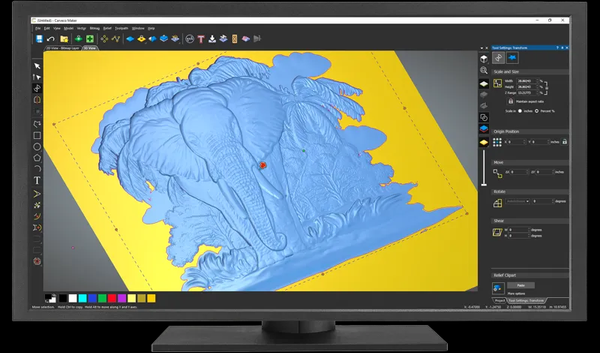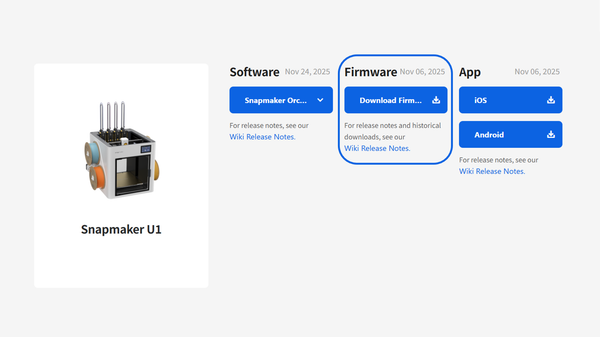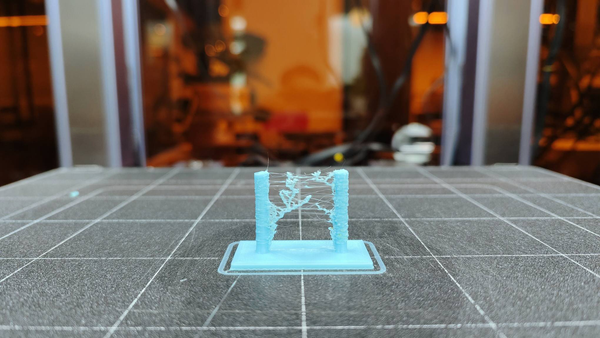Does Moisture Affect ABS Filament?
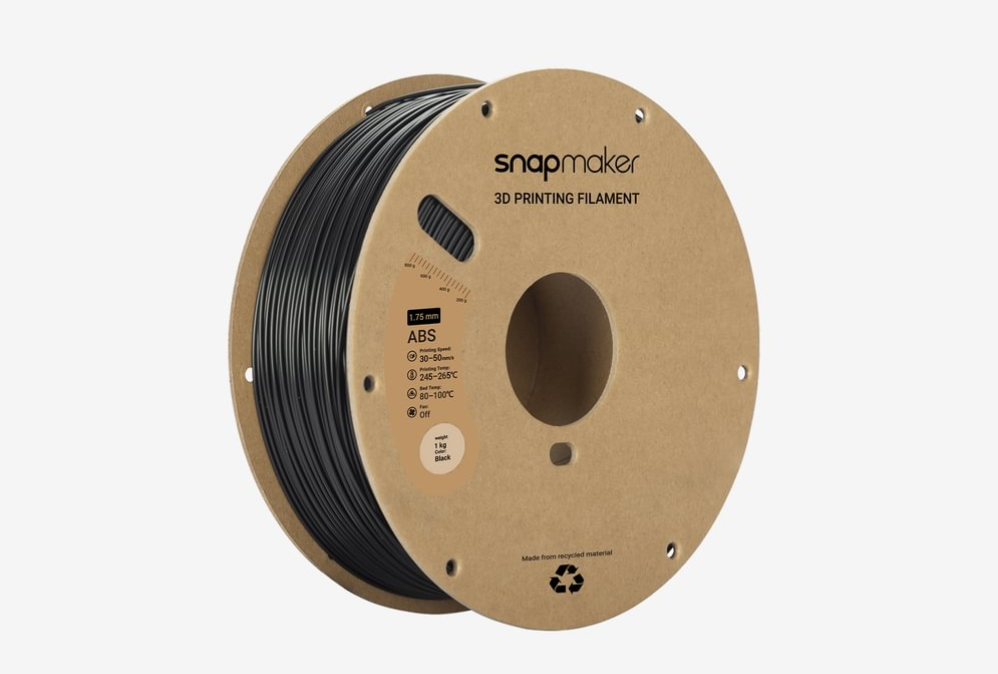
You’ve chosen Acrylonitrile Butadiene Styrene (ABS) for a reason. You need parts that are tough, durable, and can withstand higher temperatures than standard PLA. Yet, you’re getting frustratingly inconsistent results: prints with rough, ugly surfaces, weak layer bonding, and maddening stringing. You’ve tweaked your settings for hours, but the problem persists.
The culprit is likely not your printer, but a hidden variable that sabotages prints from the inside out: moisture.
ABS is a hygroscopic polymer, meaning it naturally absorbs moisture from the surrounding air. When this "wet" filament is heated, the trapped water turns to steam and wreaks havoc on your print. This guide provides everything you need to diagnose, fix, and permanently prevent moisture-related issues, empowering you to unlock the true engineering potential of your ABS filament.
How to Diagnose Moisture in Your ABS Filament
Before you can solve the problem, you need to be certain moisture is the cause. Wet filament produces a distinct set of symptoms that are easy to spot once you know what to look for.
Audible Cues: Popping and Crackling
The most definitive sign of wet filament is the sound it makes. Listen closely to your printer's hotend during extrusion. If you hear a distinct popping, crackling, or sizzling sound, that’s the sound of absorbed water violently boiling into steam. Properly dried filament extrudes nearly silently.
Visual Cues at the Nozzle: Steam and Bubbles
That same boiling process produces visual evidence. You may see small puffs of white steam emanating from the nozzle tip. If you examine a strand of manually extruded filament, it won't be smooth and consistent; instead, it will appear bubbly, foamy, or textured as the escaping steam disrupts the molten plastic.
Common Print Defects: Rough Surfaces and Poor Adhesion
The chaos happening inside the nozzle translates directly into visible flaws on your final part. These include:
- A rough, fuzzy, or pitted surface finish, ruining the part's appearance.
- Excessive stringing, oozing, and blobs, as the steam pressure interferes with retraction.
- Poor layer adhesion, resulting in parts that are weak and easily split along the layer lines.
Why ABS is Prone to Moisture Absorption
To defeat the enemy, you must understand it. The tendency for ABS to absorb moisture is a fundamental property of its chemistry.
Understanding Acrylonitrile's Role in Water Absorption
ABS is a terpolymer made of three components, but the one that matters here is Acrylonitrile. Its molecules are "polar," acting like tiny magnets for the highly polar molecules of water in the air. These water molecules are drawn from the atmosphere and diffuse deep into the filament strand.
The Direct Impact of Ambient Humidity
A spool of filament is always trying to reach moisture equilibrium with its environment. The higher the relative humidity (RH) in your workshop, the more water your ABS will absorb. Leaving a spool out on a desk or shelf, especially during humid seasons, is a guaranteed way to invite moisture-related failures.
How Much Moisture Is "Too Much"?
It doesn't take much. Even a seemingly small amount of absorbed water—what is sometimes called "natural moisture"—is more than enough to cause the popping, poor surface quality, and strength reduction detailed in this guide. You cannot see or feel this moisture; you can only see its effects.
How Moisture Destroys Print Quality and Strength
The consequences of printing with wet ABS go far beyond cosmetic blemishes; they represent a fundamental degradation of the material's properties.
The Destructive Process Inside the Hotend
When the filament enters the hot end at temperatures over 220℃, any trapped water flash-boils into steam. This process is not only physically disruptive but can also trigger hydrolysis, a chemical reaction that breaks down the long polymer chains that give ABS its toughness and strength. The material is being chemically damaged before it even forms your part.
The Critical Failure: Compromised Layer Adhesion
The most catastrophic result of moisture is the loss of interlayer adhesion. Successful 3D printing relies on the hot, molten layers fusing together completely. Steam bubbles create microscopic voids between these layers, acting as a barrier that prevents a strong, uniform bond. This creates countless stress concentration points, making the final part exceptionally weak and prone to splitting.
Quantifying the Loss in Mechanical Strength
This loss of strength is not just theoretical; it has been rigorously measured. Technical studies show that printing with wet ABS can reduce the part's tensile strength by 25% or more. This effectively negates one of the primary reasons for choosing an engineering-grade material like ABS in the first place.
ABS vs. Other Materials: A Moisture-Focused Comparison
Understanding how ABS behaves with moisture helps inform your material choices for different projects.
- Trade-offs with PETG: Like ABS, PETG is hygroscopic. While its absorption rate can be lower, it is notoriously sensitive to moisture, which often manifests as extreme, web-like stringing that can ruin a print's appearance.
- Understanding PLA's Chemical Brittleness: PLA also absorbs moisture, but the primary consequence is different. Water causes a slow chemical breakdown of PLA even at room temperature, leading to a filament that becomes incredibly brittle and snaps easily on the spool or in the extruder.
- The Case for ASA in Outdoor Applications: ASA is chemically similar to ABS but was designed for superior weather and UV resistance. It is also less hygroscopic, making it a far better choice for any parts intended for long-term outdoor use.
Moisture Management Strategy
You can reliably eliminate moisture as a variable by adopting a simple, two-part strategy: reactively drying filament that is already wet, and proactively storing it to prevent future absorption.
Part 1: How to Reliably Dry Wet Filament
If you've diagnosed a moisture problem, you must actively dry the spool before printing.
Recommended Methods: Dryers, Dehydrators, and Ovens
While food dehydrators and convection ovens (used with extreme caution) can work, the safest and most effective method is a purpose-built filament dryer. These devices are designed to maintain precise temperatures and circulate air for even, efficient drying.
The Professional Solution: Dedicated Filament Dryers
A dedicated device like the SnapDryer is the most reliable option for achieving consistent results. It’s engineered specifically for this task, with features like a 360° heating element that ensures the entire spool is dried evenly from top to bottom. Its preset drying modes for different materials take the guesswork out of preparing polymers like ABS, ensuring you are always using the correct settings.
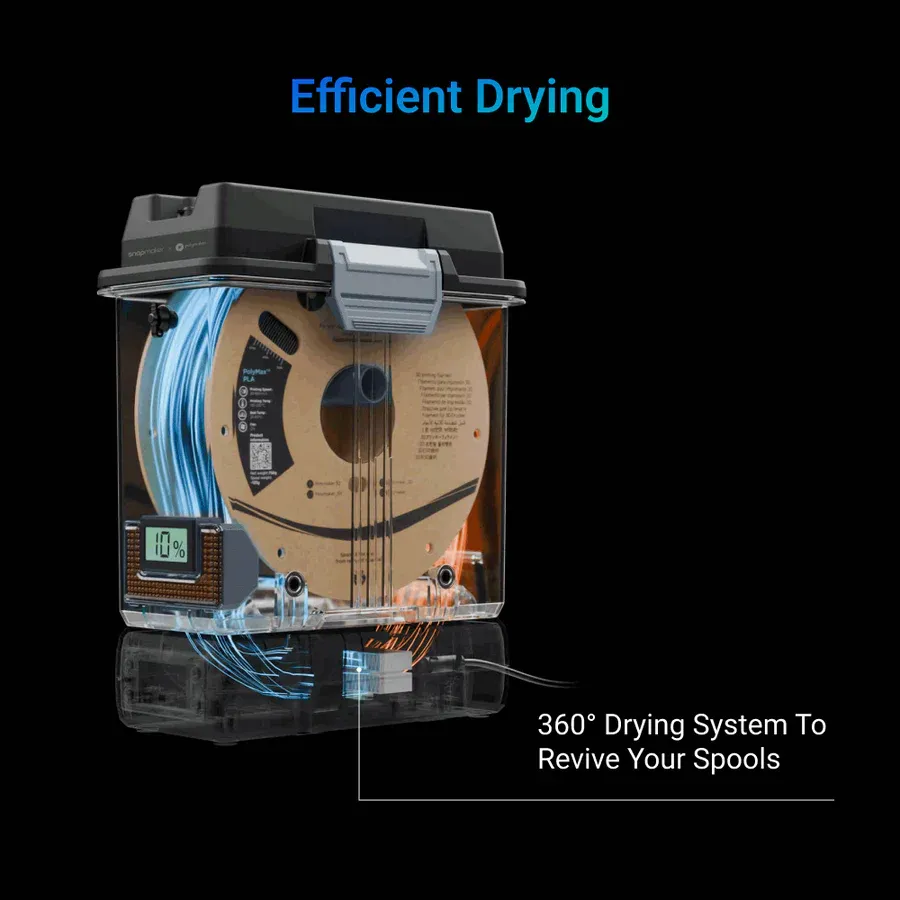
Critical Parameters for ABS (80℃, 4-12 Hours)
The standard recipe for drying ABS is a temperature of 80℃ (176°F) for 4 to 12 hours. A slightly damp spool may be ready in 4 hours, while a heavily saturated one may need a full 12 hours or more.
Part 2: Best Practices for Proactive Storage
Drying filament is reactive; proper storage is proactive. The goal is to keep your filament in an environment with a relative humidity below 20%.
The Essential Toolkit: Airtight Containers & Desiccants
The most common DIY method is to store spools in a plastic tote with an airtight gasket. Inside, place a generous amount of rechargeable silica gel. This desiccant will absorb any moisture, and its color change will tell you when it’s time to bake it dry again.
Verifying Your Dry Environment with a Hygrometer
Don't guess—know. Placing a small digital hygrometer inside your storage container is the only way to be certain your storage solution is working effectively and that your filament is protected.
From Hobbyist to Professional
Achieving consistent, professional-grade results with ABS comes down to controlling one key variable: moisture. The best practice is a complete workflow—starting with a high-quality material like Snapmaker ABS Filament, which arrives perfectly dry in its vacuum-sealed packaging, and maintaining that dryness with a reliable tool like the Snapdryer. By combining a trustworthy material baseline with a systematic approach to drying and storage, you eliminate the guesswork and can finally produce the strong, durable, and dimensionally accurate parts you expect, every single time.

